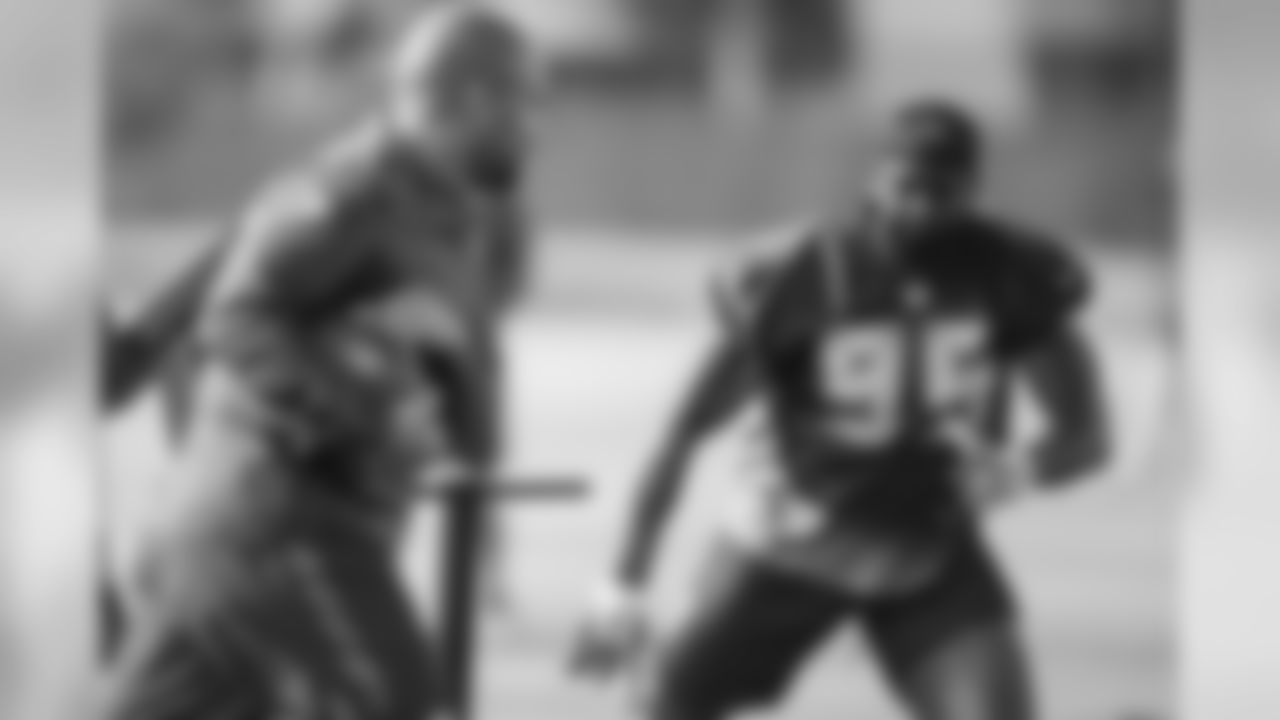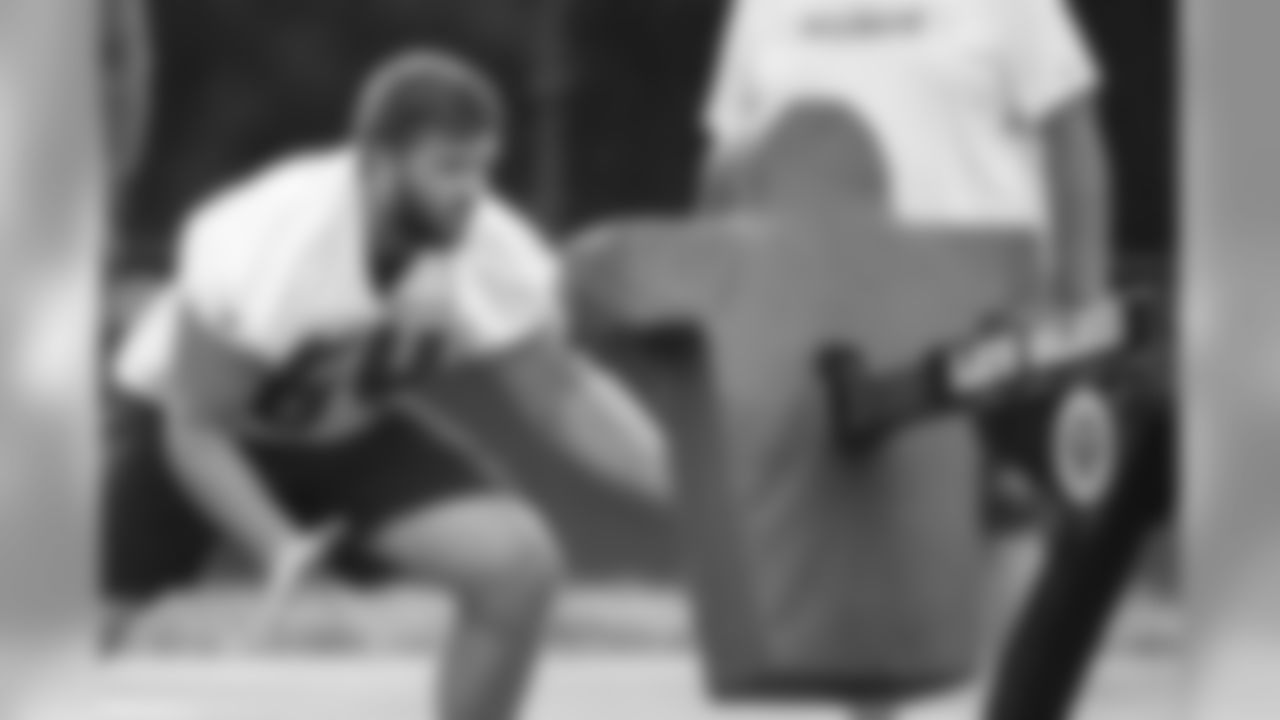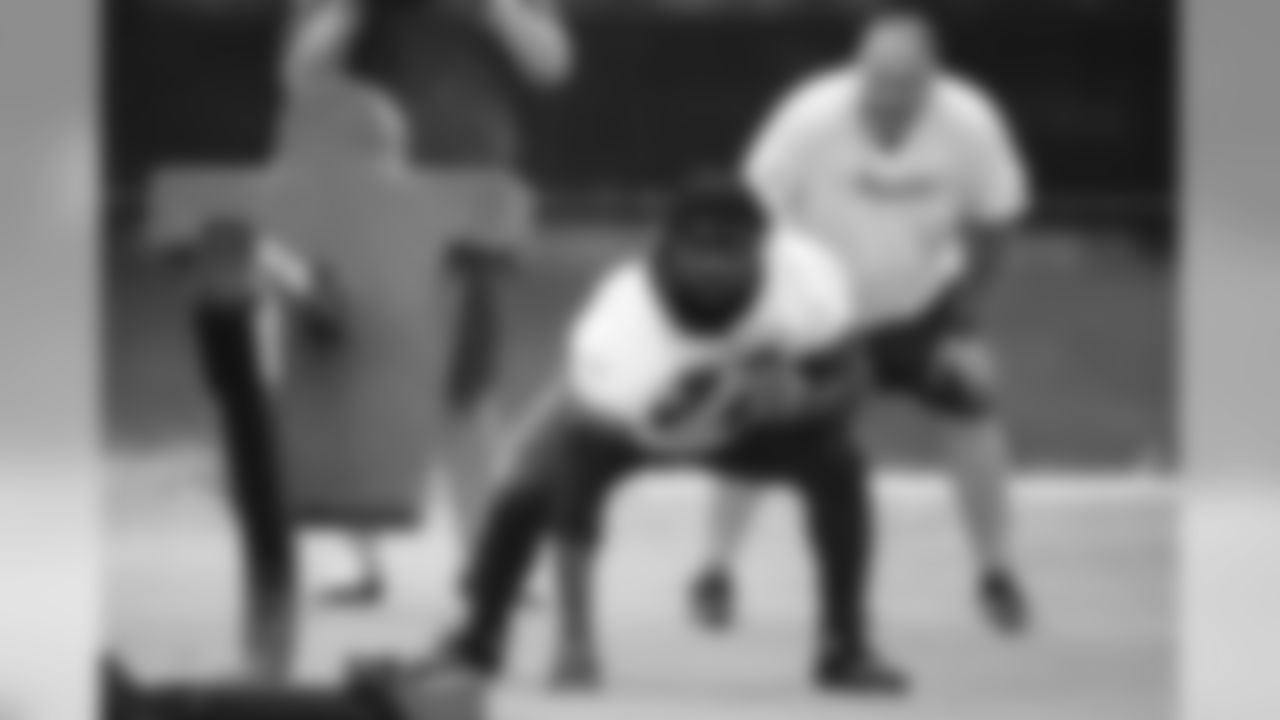The new defensive system under Defensive Coordinator Todd Bowles is going to be very different from what the Bucs have been used to in years past. A former NFL defensive back himself, part of the reason for a flexible system that features an increased role for the back levels of the defense is because that's simply what Bowles knows. Another reason, and maybe a bigger one at that, is the shift in the game itself, especially on the offensive side of the ball.
"The nickel spot is really a starting spot now," said cornerbacks coach Kevin Ross. "You have to have three good corners in order to win in this league right now. They'll expose you. [The nickel corner] is a valuable asset. He has to be able to blitz, he has to be able to cover, he has to be able to tackle. He has to be a very versatile guy."
Versatility is the name of the game of the Bucs' new defense as a whole – and in who they ended up drafting this year. The Buccaneers took three defensive backs in this year's draft. In 2018, they also took three defensive backs. The result is a young unit that can be plied and molded into where they fit best. Cornerback Sean Murphy-Bunting, cornerback Jamel Dean and safety Mike Edwards all possess a wide-ranging skillset to fit into a flexible scheme. You've got a new addition in safety Kentrell Brice. Current players will most likely shift around, too. There is a healthy Vernon Hargreaves, who has experience at the nickel position but is probably going to stick with his more natural position of outside press corner. You have Carlton Davis, who is more in the same vein as Hargreaves in fitting on the outside, as are cornerbacks Ryan Smith, De'Vante Harris and David Rivers. You have safeties Justin Evans, Isaiah Johnson and Jordan Whitehead. Then you have M.J. Stewart, who got in some work at nickelback last season but may be tried out at the safety position as well, according to what the coaching staff has said this offseason.
View photos from week two of phase two of offseason workouts.





































However, moving to safety wouldn't absolve Stewart of nickelback duties. The Bucs' defense takes the nickel position a step further in that it doesn't have to be the same guy every time and it also doesn't have to be a corner.
"Our safeties can play nickel," Bowles said. "We have a lot of versatile guys, so we'll move them around."
There's that word again.
Let's back up and figure out what it is that the Bucs are looking for at that nickel position before we go any further. Right now, where each guy fits in and who exactly will get work as that ever-more crucial fifth defensive back remains to be seen.
"That's going to be hard to determine, I'll wait until training camp for all that kind of stuff," Ross said. "We'll see who has short-area quickness, who can adjust, who plays with good eyes. We can't tell who's the best blitzer with no pads and things like that, so we'll see."
Short-area quickness. Adaptability. Good eyes. Good blitzer. Sounds like a tall order. Who exactly would be the early favorite? Short answer:
"None right now," Bowles said. "We got M.J. Stewart in here. We'll get the rookies in here and see what they can do. Obviously, Vernon has played it in the past and we're still feeling out the other guys without being able to do too much in Phase II and Phase I. We have to wait until we get into OTAs and summer camp to really see who those guys are."
Moral of the story is wait and see. And even when you do see, the versatility and flexibility of this defense may have your eyes deceiving you. That's the goal, anyway.






















